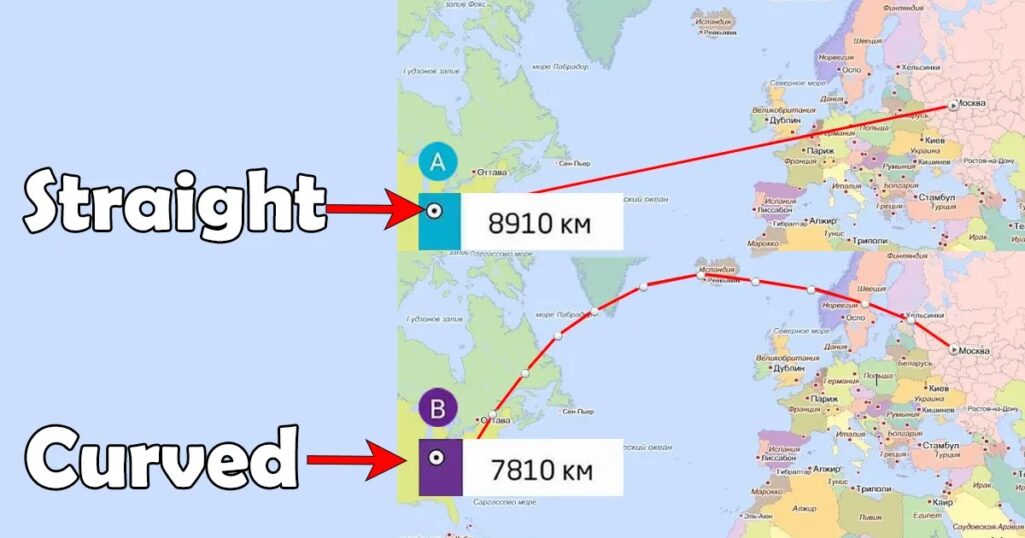
Have you ever noticed how airplanes travel over the map? If you had the opportunity to do so before, you most probably noticed the long route pilots take to reach their destination.
We all know that the shortest distance from point A to point B is simply a straight line. But why do all airplanes travel in what looks like a curved line? Why would a trip from the US to Asia have to pass through Greenland?
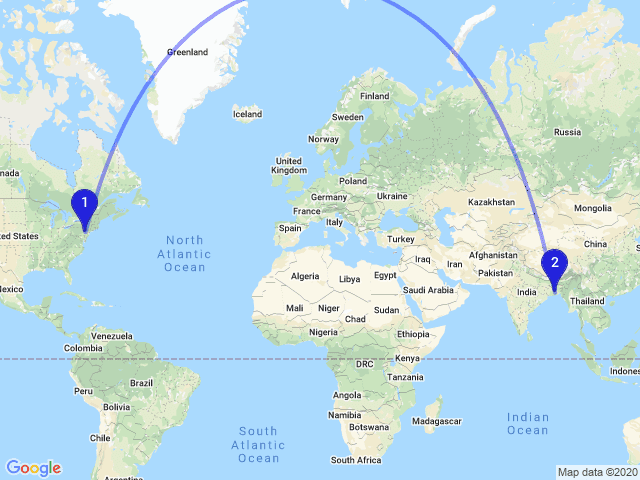
THE QUICKEST WAY TO A PLACE IS NOT ALWAYS A STRAIGHT LINE
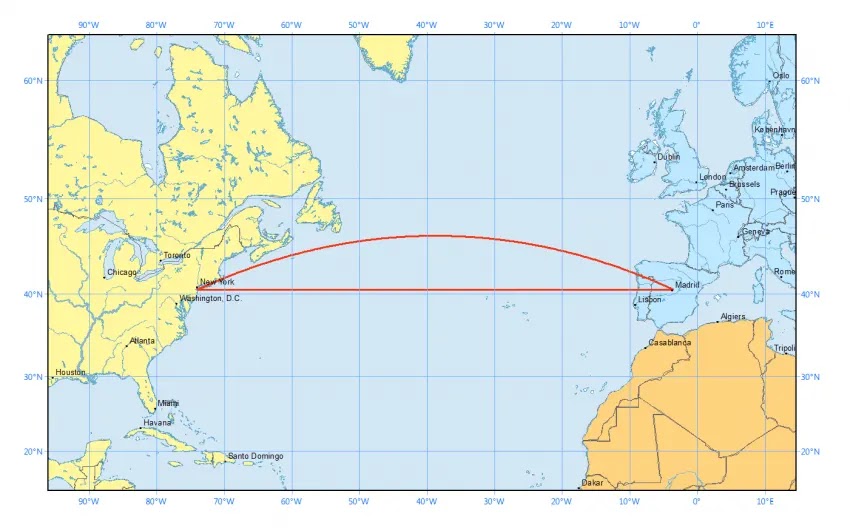
Flying around the smaller circumference of the Earth is known as the “Great Circle Route.” It is particularly evident that trips from the United States to Asia will go well over Alaska and Siberia rather than what seems to be a straight line.
When you draw a line around a globe towards the middle, where it is broadest, rather than towards the North or South poles, the difference in the distance becomes evident, and it saves not only time but also fuel.
Geodesic lines are the lines that determine the shortest distance between two locations on a surface, although they aren’t always perfectly straight. A geodesic line always depends upon the surface itself.
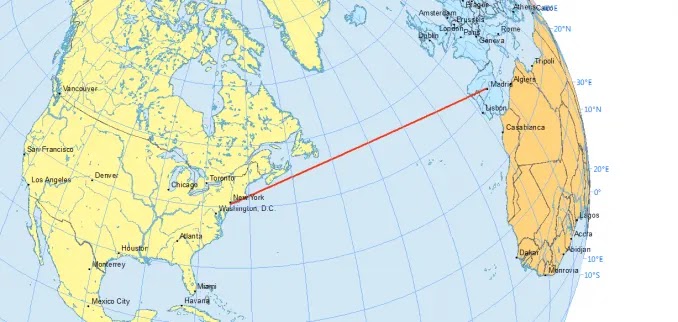
Geodesic lines connecting any two locations on a two-dimensional map are straight. But how does the land surface look on a curved map? Rather than being straight, the geodesic lines will be curved.
Also, because the Earth is not a true sphere (but obviously not flat!), and its poles flatten it slightly, we discover that geodesic lines are arches with varying degrees of curvature depending on the distance between two locations and the latitude difference between them.
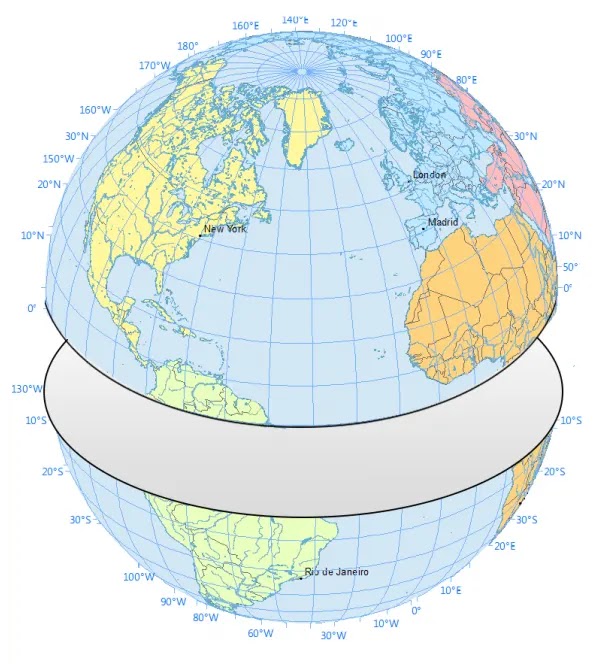
SO HOW DO THESE ROUTES GET ESTABLISHED?
Calculating an airplane’s quickest path isn’t so easy in reality. There are several variables to consider, such as the airspace limitations imposed by the various countries, the weather, the location of the various airports along the route, or the rotation of the Earth.
No comments:
Post a Comment